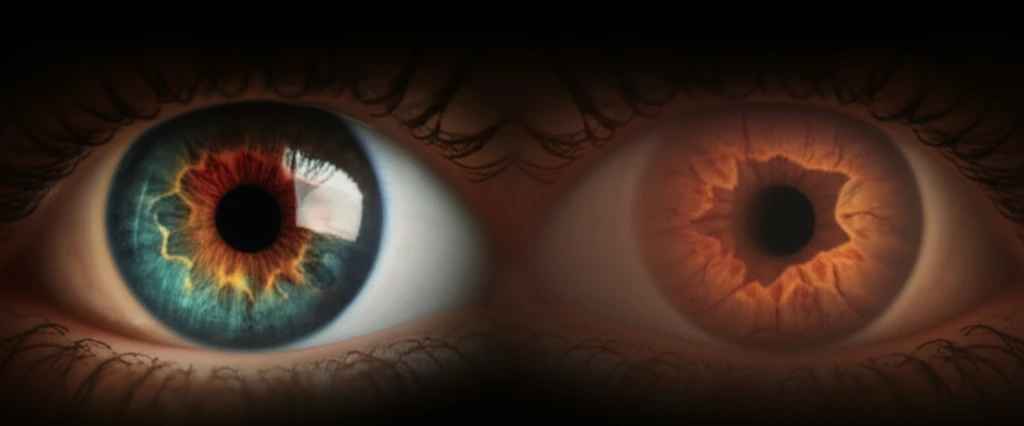
Unlocking the Secrets of Vision: How ARL13B Protects Your Eyes
"Discover the critical role of ARL13B, a protein linked to Joubert Syndrome, in maintaining healthy vision and preventing retinal degeneration."
Vision, one of our most precious senses, relies on a complex interplay of biological processes within the eye. Among the key players in this intricate system is a protein called ARL13B. Recent research has shed light on the crucial role ARL13B plays in maintaining healthy vision and preventing retinal degeneration.
ARL13B, a small GTPase (an enzyme that binds to guanosine triphosphate) associated with Joubert Syndrome, has been identified as critical for the development and function of photoreceptors, the light-sensitive cells in the retina. Joubert Syndrome is a rare genetic disorder that affects the cerebellum and brainstem, and is often accompanied by visual impairments. Understanding ARL13B's function could unlock new treatments for vision loss, especially for those with Joubert Syndrome.
This article delves into the latest findings on ARL13B, exploring its impact on retinal development, photoreceptor maintenance, and potential therapeutic applications. We'll break down the science in an accessible way, highlighting how this tiny protein could hold the key to protecting our sight.
Why is ARL13B So Important for Retinal Health?

The retina, located at the back of the eye, contains photoreceptor cells that convert light into electrical signals, which are then sent to the brain for interpretation. These photoreceptors, specifically rods and cones, are essential for seeing in low light and perceiving color, respectively. For these cells to function correctly, they require a complex internal structure, including a cilium, a hair-like projection that acts as a signaling hub.
- Retinal Development: ARL13B is crucial for the proper proliferation of retinal progenitor cells, the cells that eventually become photoreceptors. Without sufficient ARL13B, the retina may not develop fully, leading to fewer photoreceptors.
- Cilia Formation: The protein is essential for the formation and maintenance of the cilium structure in photoreceptors. The cilium is involved in transporting essential proteins and molecules within the cell, ensuring proper function.
- Outer Segment Morphogenesis: ARL13B is needed for the development of the outer segment, a specialized part of the photoreceptor where light is converted into electrical signals. It ensures the correct formation of membranous discs within the outer segment, which are critical for capturing light.
- Protein Trafficking: The protein is involved in the transport of key proteins, such as rhodopsin and PDE6, to the outer segment. Proper localization of these proteins is essential for photoreceptor function.
Future Directions: Can ARL13B Be a Target for Vision-Saving Therapies?
The discovery of ARL13B's critical role in retinal health opens up new avenues for developing therapies to prevent and treat vision loss. Further research is needed to fully understand the protein's mechanisms of action and identify potential drug targets. However, the initial findings offer hope for individuals at risk of retinal degeneration, especially those with Joubert Syndrome. By targeting ARL13B, scientists may one day be able to restore photoreceptor function, prevent cell death, and preserve sight.
